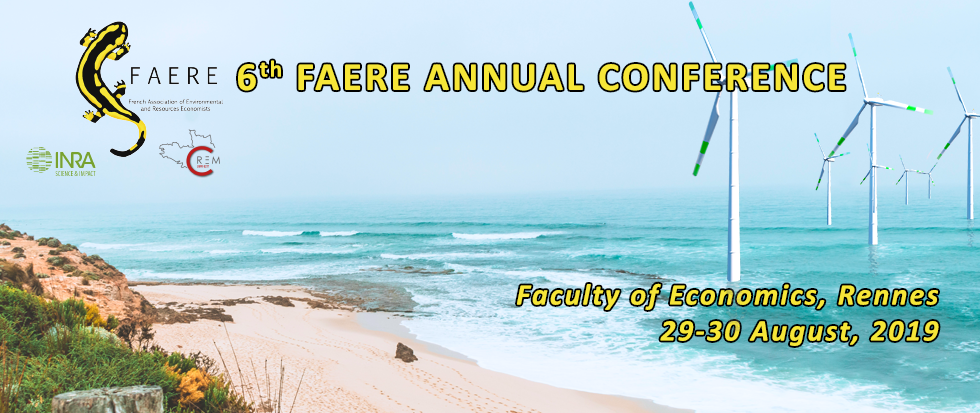This paper studies the consequences of modal shift on growth and well-being. An overlapping generations model is develop with two forms of public capital, two transport infrastructures whose services serve as input to the firm. These services correspond to flows of goods responsible for more or less significant pollutant emissions depending on the mode of transport used, road or rail. The modal choice is orientate by the instruments of economic policy. Four equilibrium regimes are identify where each one is characterize by the congestion or not of the one and the other of the infrastructures. In a steady state, the saturation of infrastructure leads to higher per capita income values, with a corresponding deterioration in the quality of the environment. Pollutant release due to transport is a negative externality for households. On the golden age, the optimal allocation of public expenditures is more favorable to the alternative mode of transport to the road than when maximizing the net production.



